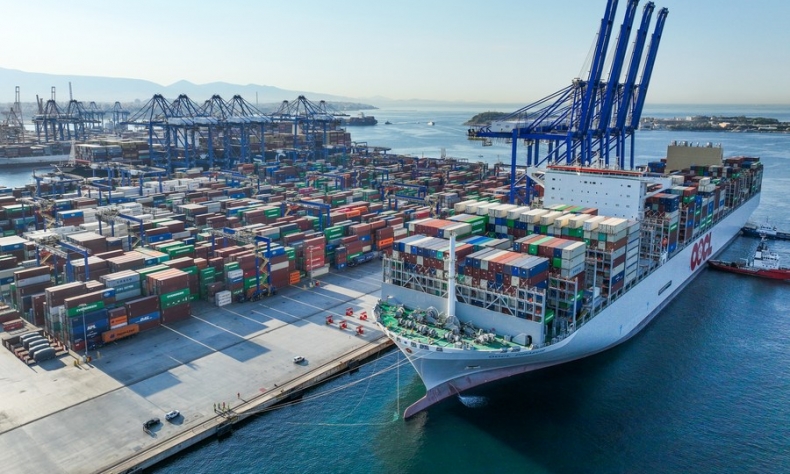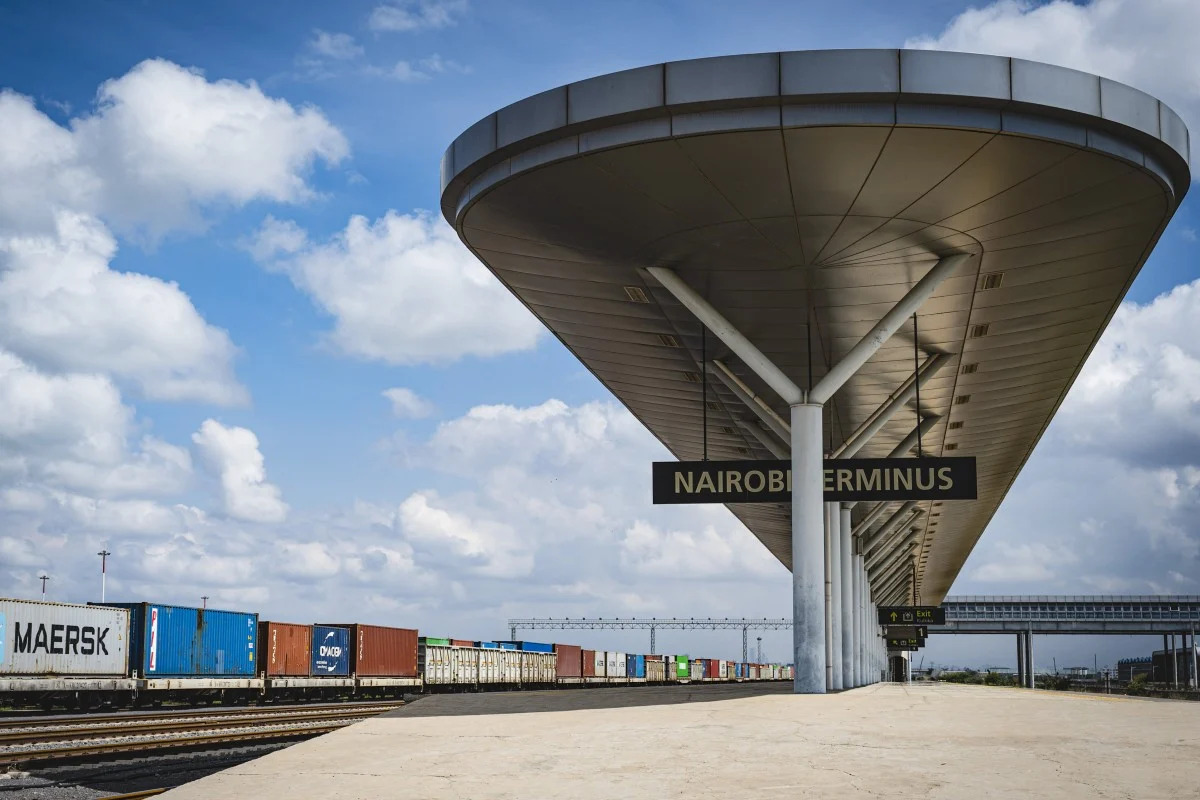Definitive, Official Belt and Road White Paper Provides Detailed Insights

The BRI has already become a vital driver of new growth, especially in the Global South. It is increasingly assessed as perhaps the most globally transformative project launched by any country in history.
When the Belt and Road Initiative (BRI) was launched a decade ago, its official name was the Silk Road Economic Belt and the 21st Century Maritime Silk Road, later abbreviated to the “Belt and Road.” Although the initiative’s name in English has been shortened, its vision and accomplishments have expanded significantly. This growth has surprised and disappointed early skeptics who believed it would undoubtedly fail or expose China as a self-serving, hegemony-seeking alternative to the United States. These negative narratives persist, alongside unfounded claims of debt trap s and the like — all of which have been debunked by scientific studies.
The BRI has already become a vital driver of new growth, especially in the Global South. It is increasingly assessed as perhaps the most globally transformative project launched by any country in history.
Nevertheless, misinformation and misunderstandings persist. Now, on the initiative’s 10th anniversary, the Chinese government has published a definitive white paper, detailing the initiative’s achievements, ongoing work, and future plans. This document provides an important official reference point that will be widely cited, discussed, and debated by policymakers and scholars in China and around the world.
Key impressions of the white paper
Reading the paper carefully, we observe how the BRI has evolved conceptually and practically, becoming more sophisticated and successful along the way. Above all, we recognize how the BRI is adaptable to changing conditions and circumstances, including focusing more on high-quality growth, expanding its concepts of connectivity to include digitalization, and making major shifts toward green and sustainable development.
In fact, this characteristic of adaptability is one of the defining aspects of China’s own remarkable development history in the modern era. Whether one understands this as “feeling the stones to cross the river” or simply the Chinese Marxist equivalent of praxis, or “shijian (practice)”, the effects are the same: Use theory and practice to put one foot in front of the other to slowly but surely change the world for the better.
From a wider, interpretative perspective, the paper also helps us better discern the outlines of China’s development strategy at home and abroad. This includes how China understands that its own development requires advancing hand in hand with other countries, especially those in the Global South.

On the one hand, this includes the key principle of promoting win-win solutions that facilitate a shared future. Without this, no real progress or sustainable growth would be possible for anyone, particularly in the face of mounting challenges like climate change. On the other hand, this holds even truer because some key countries in the Global North have long suppressed, in various ways, the development of the Global South and are now doing whatever they can to contain and suppress China’s continued growth and development.
Consequently, the values guiding the BRI are not only a matter of principle but also a necessity of practice: for developing countries and emerging markets to break out of the various traps that have been set for them, such as security traps, debt traps, energy traps, and so on, they must work together. This is the fundamental lesson, and the success of the BRI around the world is the proof.
A short history of major achievements
The paper provides an account of key achievements. In fact, there have been too many to name them all here. Nevertheless, some of the largest relate to constructing economic corridors and international arterial routes, and building an infrastructure network that connects subregions in Asia as well as the continents of Asia, Europe, and Africa.
These include the multiple sections of the China-Pakistan Economic Corridor, presently in various stages of development, including motorways, rail lines, light rail, power plants and grids, and special economic zones. Similarly, the China-Laos Railway has been completed as part of the China-Indochina Peninsula Economic Corridor. In Indonesia, the Jakarta-Bandung High-Speed Railway is operational, and the first-phase project of the China-Thailand railway is underway.
With the China-Mongolia-Russia Economic Corridor, the China-Central Asia-West Asia Economic Corridor, and the Bangladesh-China-India-Myanmar Economic Corridor, numerous highways, railways, bridges, and pipelines have been constructed and are now operational, each fostering greater connectivity and economic growth for China and its partner countries.

Elsewhere, in regions including Europe, Africa, and the Middle East, more modest yet still transformative projects have progressed. These encompass rail lines linking Serbia and Hungary, a key bridge in Croatia, a highway in Montenegro, and the completion of the Western Europe-Western China Highway. In Greece, the initiative helped construct the Port of Piraeus, which, by some estimates, is now the fourth-largest port in Europe and a leading port in the Mediterranean. Other initiative-supported ports in Sri Lanka, Nigeria, and Italy are also operational, with further developments underway in Pakistan and Myanmar, to name just a few examples.
The paper underscores several less conspicuous but vital achievements, such as burgeoning financial integration and the advance of green finance into regions that previously had scant access to such funds. It highlights how expanding international expos, organized and hosted by China, have worked in tandem with the BRI, helping to increase trade between BRI countries. For example, the report notes that “from 2013 to 2022, the cumulative value of imports and exports between China and BRI partner countries reached $19.1 trillion, with an average annual growth rate of 6.4%. The cumulative two-way investment between China and partner countries reached $380 billion, including $240 billion from China.”
These figures do not emerge in a vacuum; they align with numerous international studies that point in the same direction. For example, the World Bank estimates that the BRI can boost trade flows in participating countries by 4% while reducing the cost of global trade by 1.1% to 2.2%. The World Bank also estimates that the BRI will help increase GDP in East Asian and Pacific developing countries by an average of 2.6% to 3.9%. Other studies indicate that the BRI can lead to global GDP increases of $7.1 trillion per annum by 2040.
In short, all these suggest the BRI has already been an unprecedented success, particularly when some countries, like the United States, seem to want to regress to a new Cold War era and bolster their hegemony. That is a dead end for us all. Conversely, as this white paper helps illustrate, the only serious alternative presently producing tangible results is the BRI.
Josef Gregory Mahoney is professor of politics and international relations at East China Normal University and senior research fellow with the Institute for the Development of Socialism with Chinese Characteristics at Southeast University and the Hainan CGE Peace Development Foundation.
 Facebook
Facebook
 Twitter
Twitter
 Linkedin
Linkedin
 Google +
Google +










